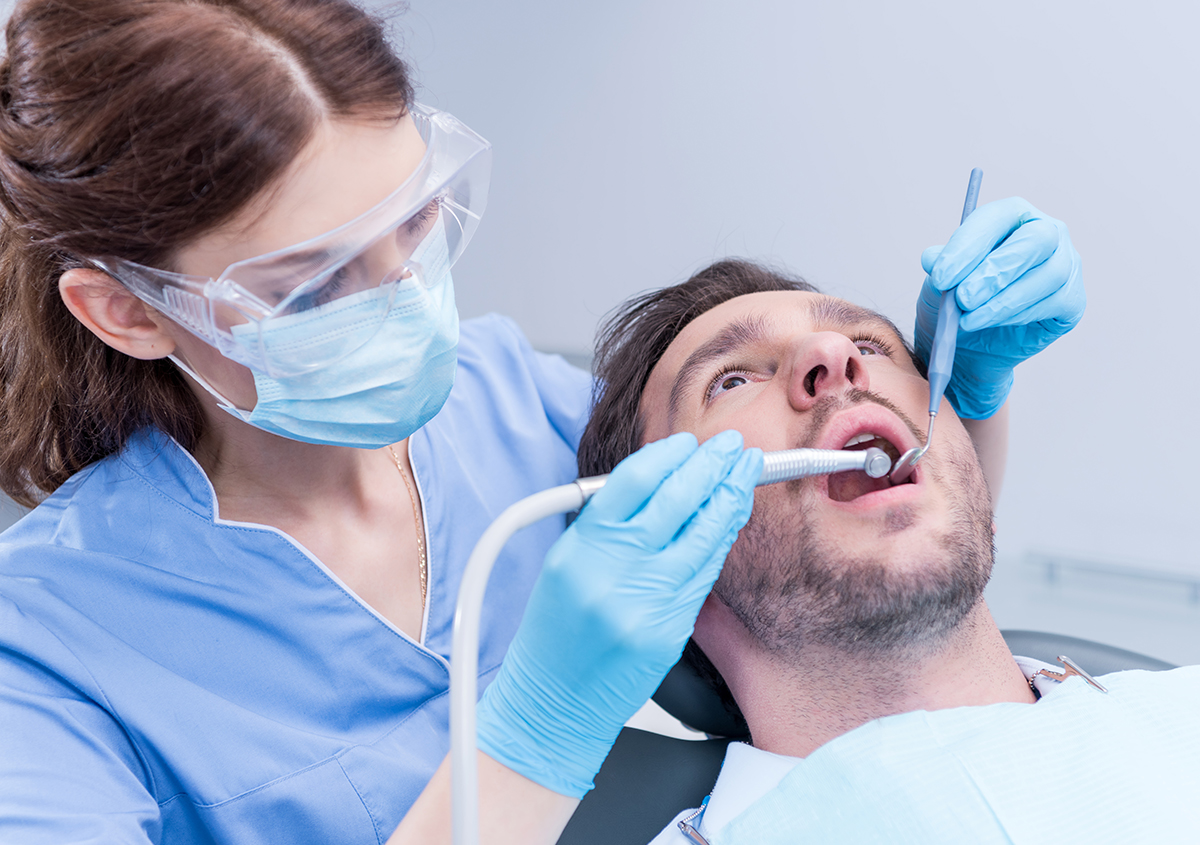Mercury Free Dentistry – Biological Dentist
Dr. Frank Vidjak and Dr Fanny Yacaman practice mercury free dentistry, which means they do not use metal during dental restorations. As mercury free dentists, Drs Vidjak and Yacaman understand that the unnatural color of metal can make your smile less aesthetically pleasing and can even be dangerous to your health. Mercury free dentistry uses ceramic or porcelain materials when restoring your smile for natural-looking, safe results. Some patients have even opted to remove traditional metal fillings or other restorative devices for a more natural, whiter-looking smile. Mercury free dental procedures offer beautiful results that are safe, long-lasting, and effective at treating damaged, discolored, or unhealthy teeth.
What are the benefits of mercury free dentistry?
One of the most notable benefits of mercury free dentistry is a more natural-looking smile. When metal fillings, crowns, or inlays and onlays are placed, they make a smile less dazzling and look more unnatural. The ceramic or porcelain materials used by our mercury free dentist create a full, healthy smile that is bright, white, and natural-looking. Additionally, metal fillings or other metal restorations can contain small amounts of mercury, which is a dangerous substance to ingest. Because mercury is known to be unhealthy, many prosthodontists, dentists, and patients have opted for ceramic or porcelain restorations. On top of being more aesthetically pleasing, mercury free dental treatments also help to preserve the appearance, shape, and size of your natural teeth, while reducing the risk of further damage or decay.
How can I get started with mercury free dentistry?
Dr. Frank Vidjak and Dr Fanny Yacaman would be happy to discuss mercury free dentistry with you. To learn more about mercury free dentistry, visit Beverly Hills Advanced Specialties of Dentistry or call our dental office at (310) 878-6455 today.
Frequently asked questions
A mercury-free dentist will examine and comprehend how each substance or operation used or done impacts patients scientifically. Mercury-free dentists are not satisfied with an inadequate understanding of safety or efficacy, and they seek more evidence to verify that materials and treatments are safe.
Mercury is poisonous, and extensive data proves it. Mercury can impact practically every organ and system in the body. It has been shown to affect the circulatory, respiratory, immune, musculoskeletal, endocrine, and neurological systems.
Most individuals are unaware that mercury is routinely used in dentistry and are astonished to hear that silver amalgam filling contains more than 50% mercury. Silver is frequently less than one-fifth of a filling’s composition.
A more natural-looking smile is one of the most noticeable advantages of mercury-free dentistry. Metal fillings make a smile appear less brilliant and more artificial; moreover, they may include trace levels of mercury, a hazardous material to consume. Mercury-free dentists utilize ceramic or porcelain materials to produce a complete, healthy smile that is brilliant, white, and natural-looking.
The skilled doctors at our practice are Frank M. A. Vidjak, DDS, MSEd and Fanny Yacaman, DDS, MSEd, MS.
























